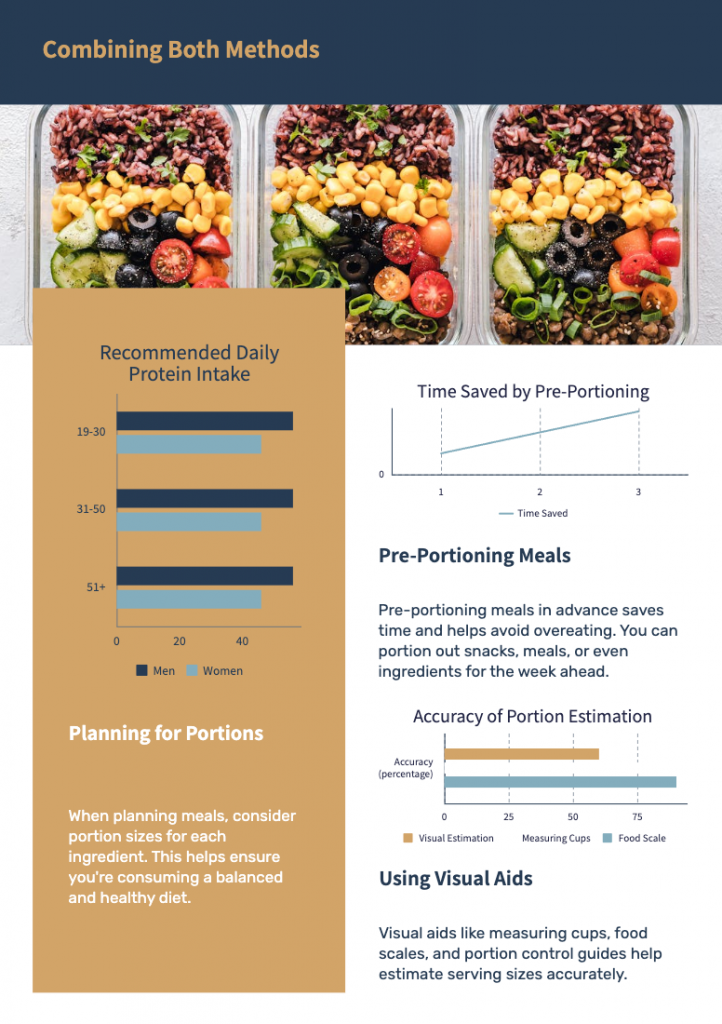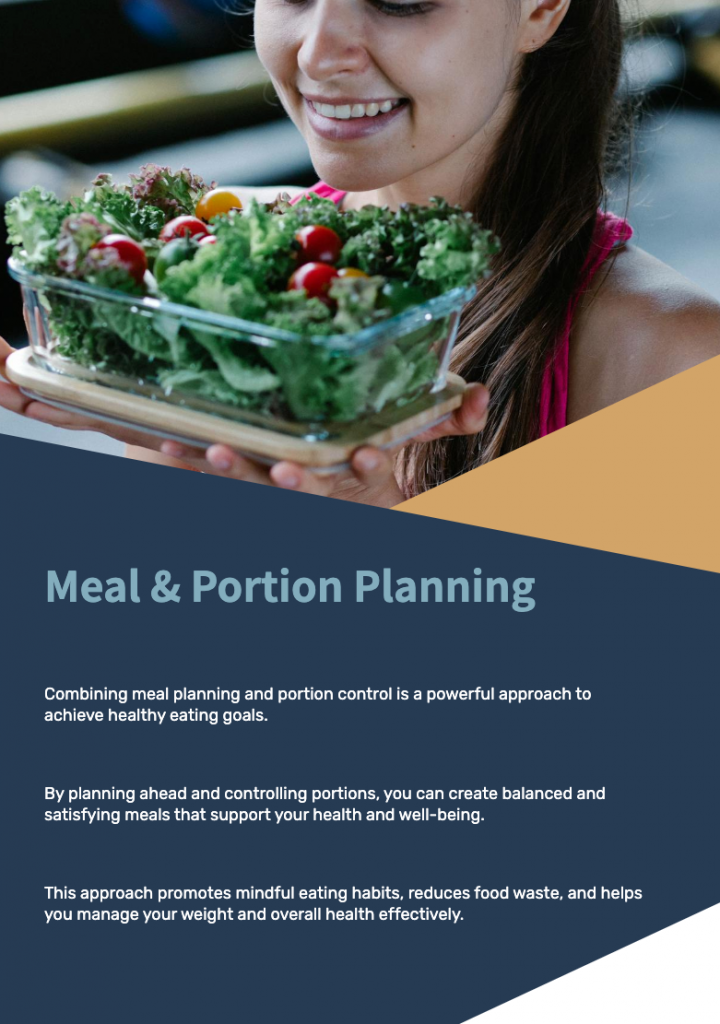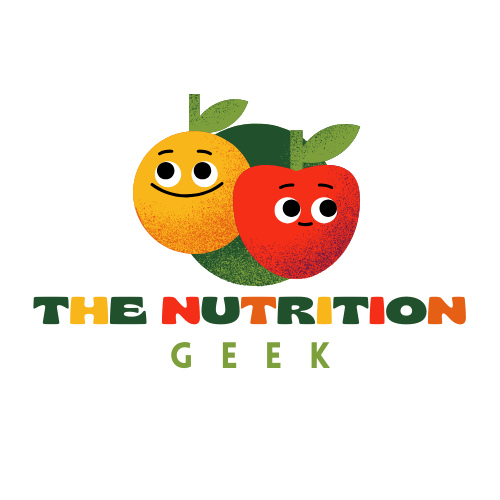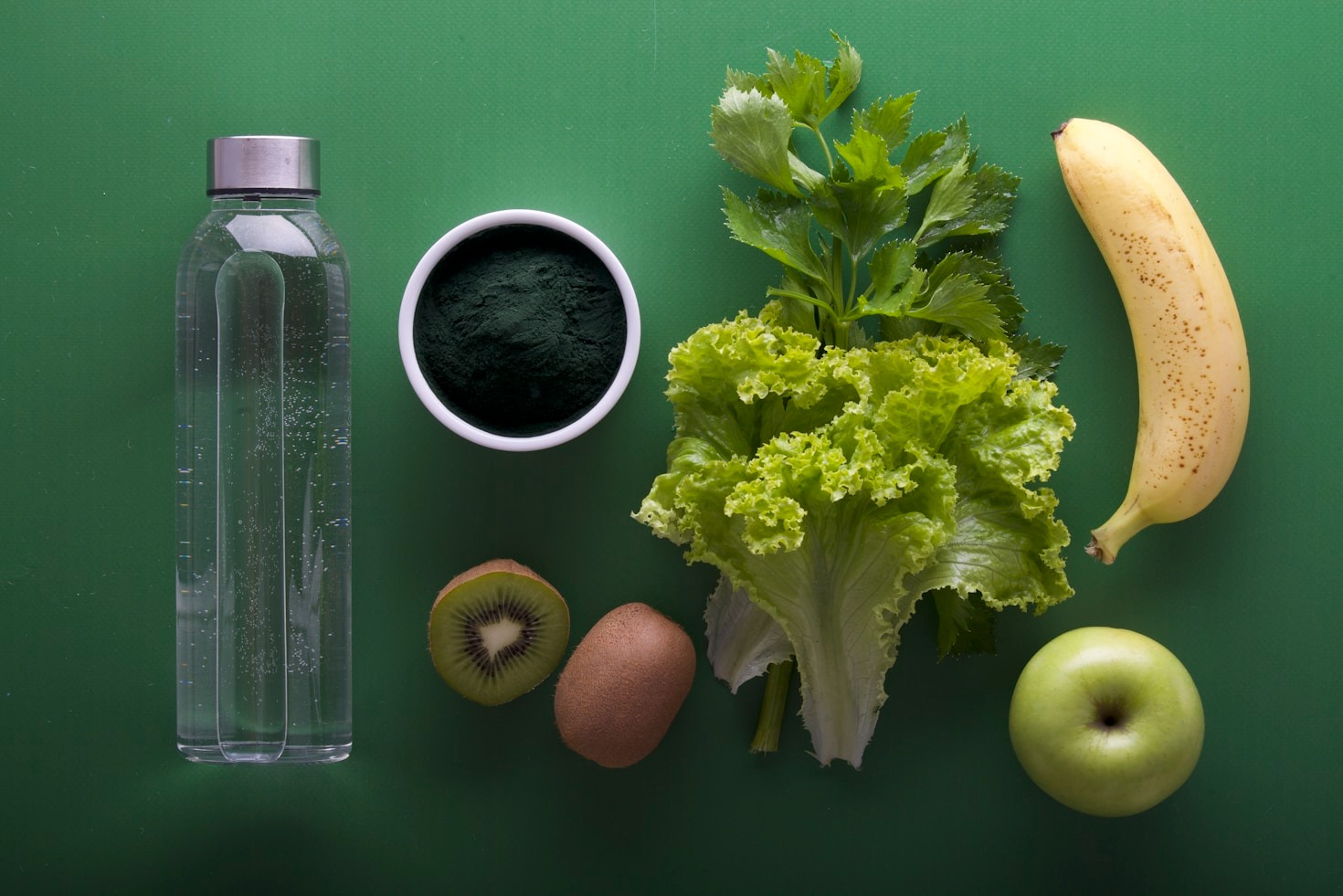Why Portion Planning Is Sometimes Better..
Creating a sustainable meal plan is a cornerstone of healthy living, but sticking to rigid recipes and pre-portioned meals doesn’t work for everyone. While traditional meal planning has its perks, focusing on portion planning can sometimes be the secret to lasting success. Let’s explore how to build a flexible, realistic approach to eating well—without the burnout.
The Power of Meal Planning
Meal planning is praised for good reason. It saves time, reduces decision fatigue, and helps you stay on track with nutritional goals. By prepping meals in advance, you’re less likely to grab unhealthy snacks or order takeout. For many, it’s a lifeline for balancing busy schedules and health priorities.
Pros of Traditional Meal Planning:
- Structure: Clear guidelines for what to eat and when.
- Cost-Effective: Reduces food waste and impulse purchases.
- Nutrition Control: Ensures balanced macros and micronutrients.
But It’s Not Perfect:
Strict meal plans can feel restrictive, lead to boredom, or crumble when life gets chaotic (think unexpected meetings or picky eaters at home). That’s where portion planning steps in.

The Case for Portion Planning
Portion planning shifts the focus from what you eat to how much you eat. Instead of prepping specific recipes, you prioritize mindful serving sizes while allowing flexibility in food choices. It’s less about rigid menus and more about building awareness of hunger cues and nutritional balance.
Why Portion Planning Works:
- Flexibility: No need to stress over exact meals—use what’s in your fridge or adapt to cravings.
- Mindful Eating: Encourages listening to your body’s needs rather than following a script.
- Sustainability: Easier to maintain long-term because it accommodates real-life variability.
Example: Instead of prepping five identical chicken-and-broccoli lunches, portion out proteins, veggies, and carbs in containers. Mix and match based on your mood or schedule.
When Portion Planning Shines
Portion planning isn’t a replacement for meal planning—it’s a complementary strategy. Here’s when it might work better for you:
- Your Schedule Is Unpredictable
If your days are erratic, rigid meal plans can lead to frustration. Portion-controlled snacks or freezer-friendly staples (like pre-portioned grains or proteins) let you assemble meals quickly. - You’re Feeding a Household with Diverse Tastes
Portioning components (e.g., taco bowls with separate toppings) lets everyone customize their plates without cooking multiple meals. - Weight Management Is Your Goal
Research shows portion control is often more effective for weight loss than strict dieting. It teaches moderation without banning foods. - You Hate Repetition
If eating the same meal daily drains your motivation, portion planning keeps variety alive.

How to Combine Meal Planning + Portion Planning
The best approach blends structure with flexibility:
- Meal Prep Staples: Batch-cook proteins, grains, and roasted veggies, then portion them into containers.
- Use the “Plate Method”: Fill half your plate with veggies, a quarter with protein, and a quarter with carbs—no counting calories needed.
- Snack Mindfully: Pre-portion snacks like nuts or fruit to avoid overeating.
- Adapt for Dining Out: Mentally divide restaurant meals into portions (e.g., save half for later).
Practical Tips to Start Portion Planning
- Invest in Containers: Use divided containers to visually balance meals.
- Learn Serving Sizes: A fist-sized portion of carbs, a palm-sized protein, etc.
- Listen to Your Body: Pause halfway through meals to check hunger levels.
- Track (Without Obsessing): Apps like MyFitnessPal can help initially, but aim for intuitive habits over time.

Final Thoughts
There’s no one-size-fits-all solution for healthy eating. Traditional meal planning works wonders for some, while others thrive with portion-focused flexibility. The key is to experiment, stay adaptable, and focus on progress—not perfection.
By embracing portion planning when life gets messy, you’ll build habits that last far beyond a weekly meal prep session. After all, the healthiest diet is the one you can stick to!
What’s your go-to strategy?

